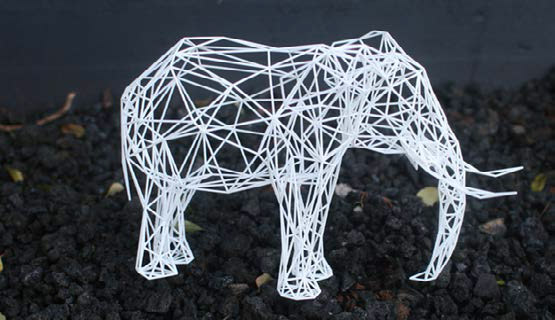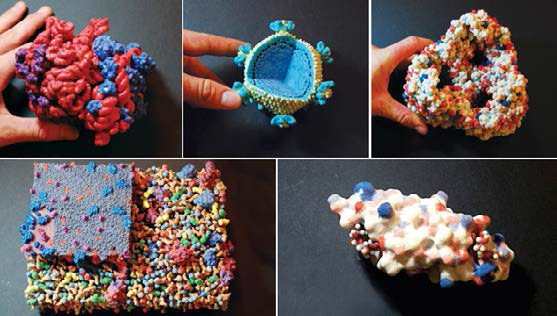3D printing
UPDATED JULY 24
Have you been thinking about 3D printing something for your classroom, lab, or just for fun but don’t know how to get started? There are a plethora of easy to use and inexpensive online services to help with that! Here are some we have found to help send you on your way to 3D printing bliss.
HOW CAN 3D PRINTING BE USED FOR CLASS?
Here are a few ideas for how 3D printing could be used in class:
- Anthropology or history faculty could use 3D printed artifacts for examination and discussion prompting.
- Engineering students could print out inexpensive draft prototypes of their designs to demonstrate part reliability.
- Instructors could print complex models of things like mathematical concepts, chemical compounds, topographic structures, city or architectural pieces for classroom demonstration and discussion.
- Art students could produce printed art for class and shows.
- Theater students could print costumes and set pieces.
- Oceanography faculty could print a bathymetry dataset model to use for demonstrating current flow.
- Culinary students could print out molds for food products for advanced presentation techniques.
- Biology students could print cell structure, viruses, organs and other artifacts as a demonstration of their knowledge or for study aids.
- Education students could design age-specific learning products to teach their future students.
- Music students could use 3D printers for augmenting existing or creating new instruments as part of their thesis project.

https://3dmathmodels.site.wesleyan.edu
PRINTABLE MATERIALS INCLUDE
- plastics: flexible, strong, detail, frosted, translucent, elastic
- metals: steel, sterling silver, brass, bronze, gold, platinum
- others: castable wax, sandstone, ceramics & more!
FIND A 3D MODEL
Yeggi is a search engine just for finding printable 3D models:
BUILD A 3D MODEL
Check out these free 3D model creation applications, in order by ease of use (roughly):
- Tinkercad (online): https://tinkercad.com
- 3dtin (online): https://www.3dtin.com
- Sculptris: https://pixologic.com/sculptris
- Autodesk 123D: https://www.123dapp.com
- Google Sketchup (online): https://www.sketchup.com
- Wings 3D: https://www.wings3d.com
- Blender: www.blender.org
- Autodesk (3Ds Max, Maya, Mudbox, and others – available for students for free): https://www.autodesk.com

DESIGN CONSIDERATIONS
There are some important rules of thumb you will need to keep in mind when creating a 3D model. Always look for tutorials and tips from your printing service, as they will be able to best advise on the design for specific materials. See also, Make: Top Ten Tips for 3D Printing https://ecampus.uaf.edu/go/make-designforprint
3D PRINTING SERVICES
These online services will print out your designs and rush them to you. There are many others out there but these offer inexpensive options, various materials, and available vmodels by other users.
- Shapeways: www.shapeways.com
- sculpteo – https://sculpteo.com
- Incept 3D – https://www.incept3d.com
- i.materialize: https://i.materialise.com

https://ecampus.uaf.edu/go/3dchemmodels
LOCAL OPTIONS FOR PRINTING AND TRAINING
- OIT Support Center – The 3D printer available for university affiliated folks is an Afinia H480 (https://www.afinia.com/3d-printers). The required software for printing can be downloaded from: https://www.afinia.com/support/downloads. The filament colors they generally have are neon green, white, silver, red, neon yellow, dark blue, light blue, purple and clear. Contact them directly for more information via their support center.
- UAF CTC Drafting Technology Program will be presenting a series of 3D modeling and printing seminars this fall. Keep an eye out for announcements from their department.

Yobi3D is a 3D model search engine. You can search with simple keywords and see the results in 3D.
https://www.yobi3d.com